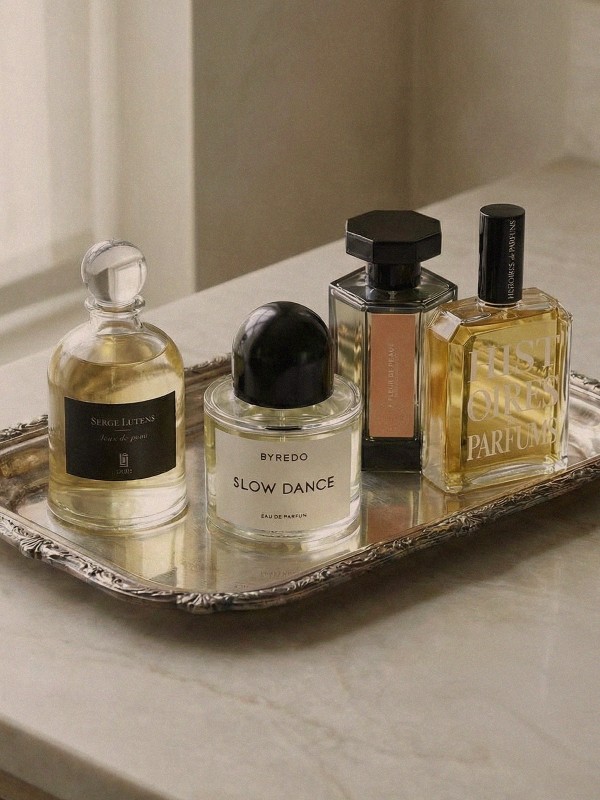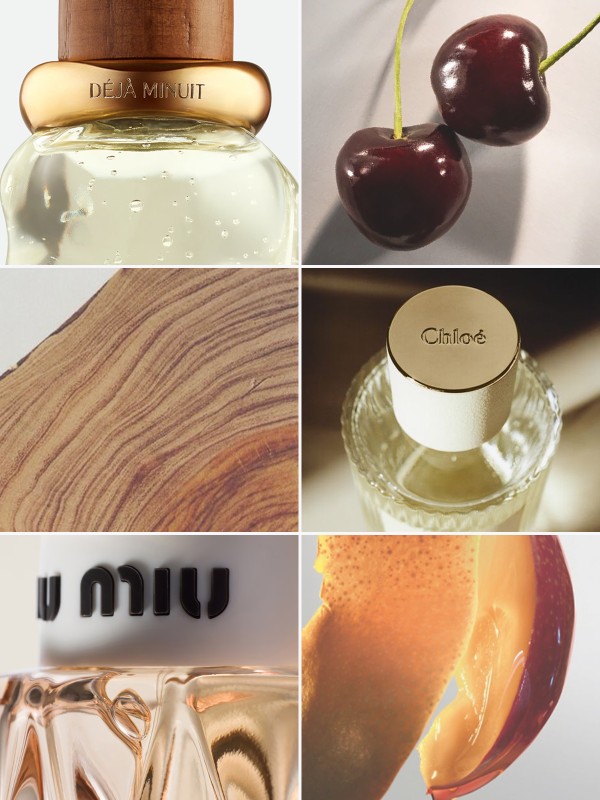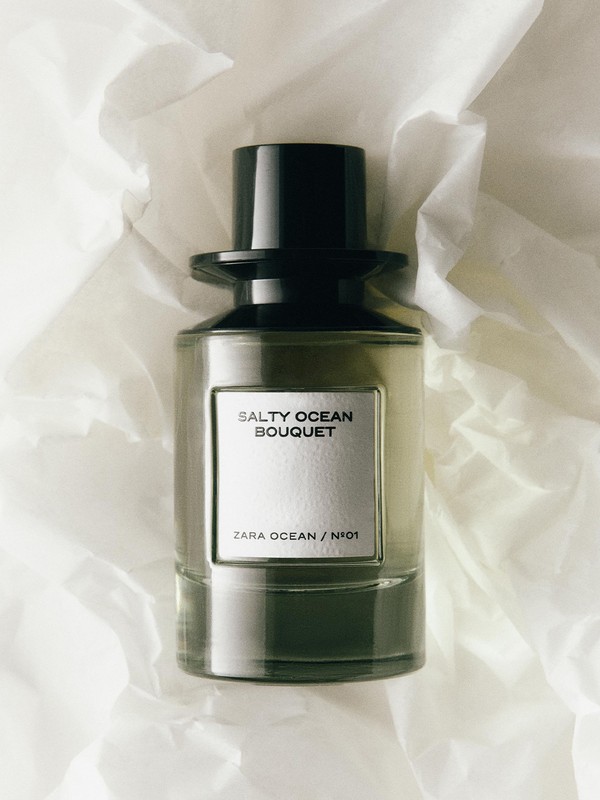Why We Should All Be Dermarolling
What is Dermarolling and how does it work?
A form of microneedling, it involves using a small wheel coated in tiny needles to created repeated micro-injuries on the skin’s surface. ‘These skin punctures stimulate the body’s repair mechanism to regenerate itself and boost collagen production,’ says Aesthetic Doctor, Dr. Maryam Zamani. Needles range from 0.5 to 2.5 mm, but the wounds are superficial, so the treatment is not considered to be invasive.
What are the benefits?
There is a long list: scarring, fine lines, wrinkles, stretch marks, under eye bags, uneven skin tone; ranging from short, to long term. Maryam explains: ‘In the short term it makes skin look plumper and more radiant from superficial swelling and inflammation. In the long term with repetitive use, it helps increase production of collagen and elastin. A prolonged course of microneedling can improve scarring (from acne or surgery), decrease depth of fine lines and wrinkles, treat stretch marks, and markedly improve skin texture.’ Dermarolling can also help increase the efficacy of your skincare products, allowing you to see speedier results. ‘When used in conjunction with topical skincare, it can help improve the absorption of active ingredients. This is particularly beneficial for people suffering from pigmentation,’ she says.
Does it hurt?
No and it is not supposed to so use less pressure if you’re experiencing pain. At most you might feel some slight discomfort but it’s more of a strange sensation than anything else.
Are there any side effects?
There's a bit of downtime so always use it at night, just before you go to bed, as your face will go red and your skin will need to heal. However, there isn’t any bruising or bleeding and come morning your skin will have returned to its normal colour.
How do you dermaroll?
1. Make sure you have thoroughly cleansed your skin, never use on dirty skin or whilst wearing makeup.
2. Always apply your products first and then use your roller after. This way your products will work twice as hard as they’re worked deeper into the skin.
3. Do not apply too much pressure, the goal here isn’t to get the needles as far into your skin as possible, rather you should be lightly wheeling them over your face.
4. Do not repeatedly roll over the same area of skin (you will end up with a face that looks and feels like fire).
5. Take extra care when using the dermaroller around your eyes but don’t forgo the area altogether, as it can help with fine lines, bags and puffiness.
6. Keep your dermaroller clean by sanitizing it with rubbing alcohol (70 percent of pure, concentrated ethanol or isopropyl alcohol) after every use – you’re using it on your face, so this is a must, or you’ll risk giving yourself breakouts.
How often should you do it?
It varies, depending on how well your skin tolerates it, Maryam recommends ‘only doing it once a month to prevent broken capillaries or skin damage.’ If you’re dermarolling once a month and not seeing an improvement, you can amp it up to once every three weeks, but don’t go overboard.
What products should you use it with?
The best effects are seen when used with an oil or serum. Moisturisers work too but for best results choose those rich in antioxidants and active ingredients. Whatever you’re using alongside your dermaroller will be supercharged as it increases the absorption of your products.
Is it suitable for anyone?
While most people can benefit from dermarolling, you should refrain from using it on damaged or broken skin, over acne, rosacea, eczema or any other skin condition. Maryam adds ‘I would also not recommend it to patients prone to keloid scarring.’ If your skin is particularly sensitive, test the waters and try it out on a small area, using extremely light pressure. If your skin tolerates it, you can go ahead and use it on the rest of your face but be sure to always monitor how your skin reacts.
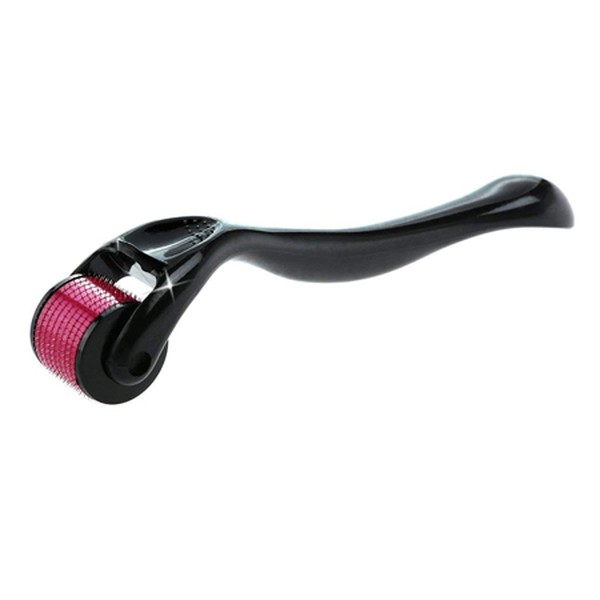
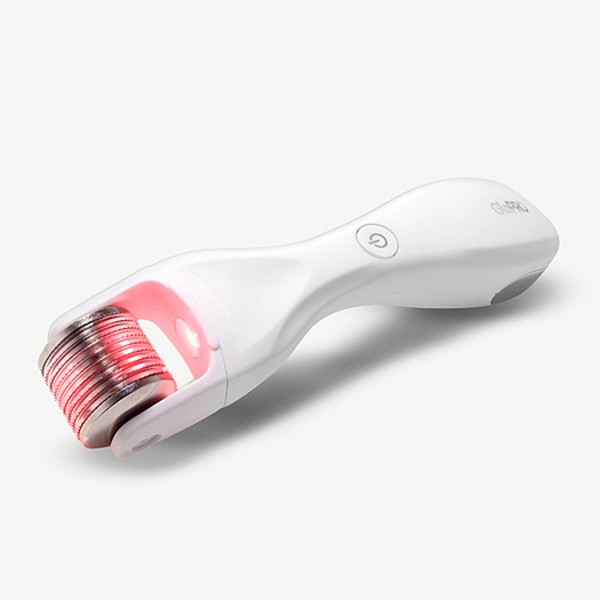
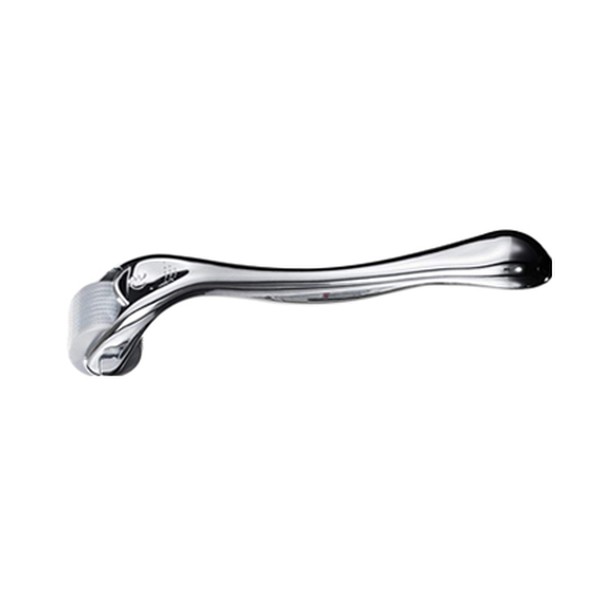
DISCLAIMER: We endeavour to always credit the correct original source of every image we use. If you think a credit may be incorrect, please contact us at info@sheerluxe.com.
